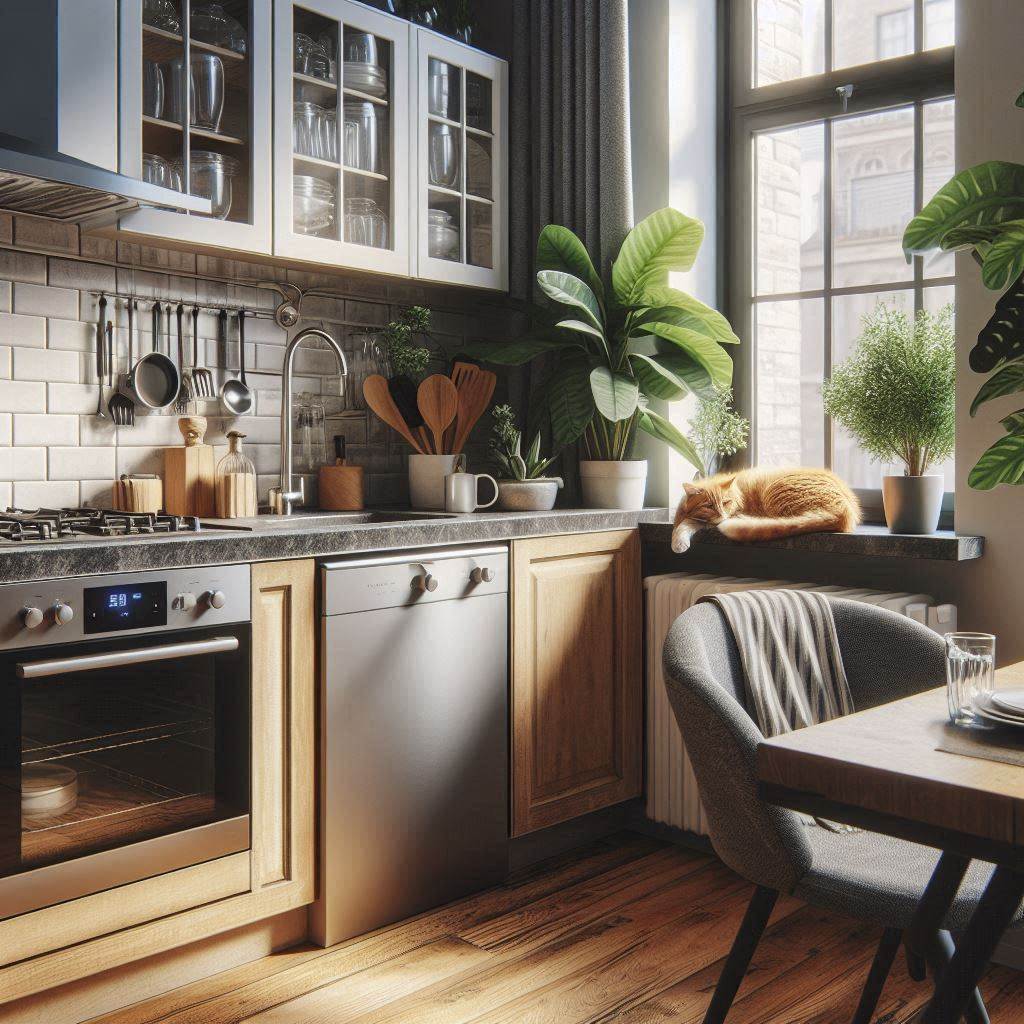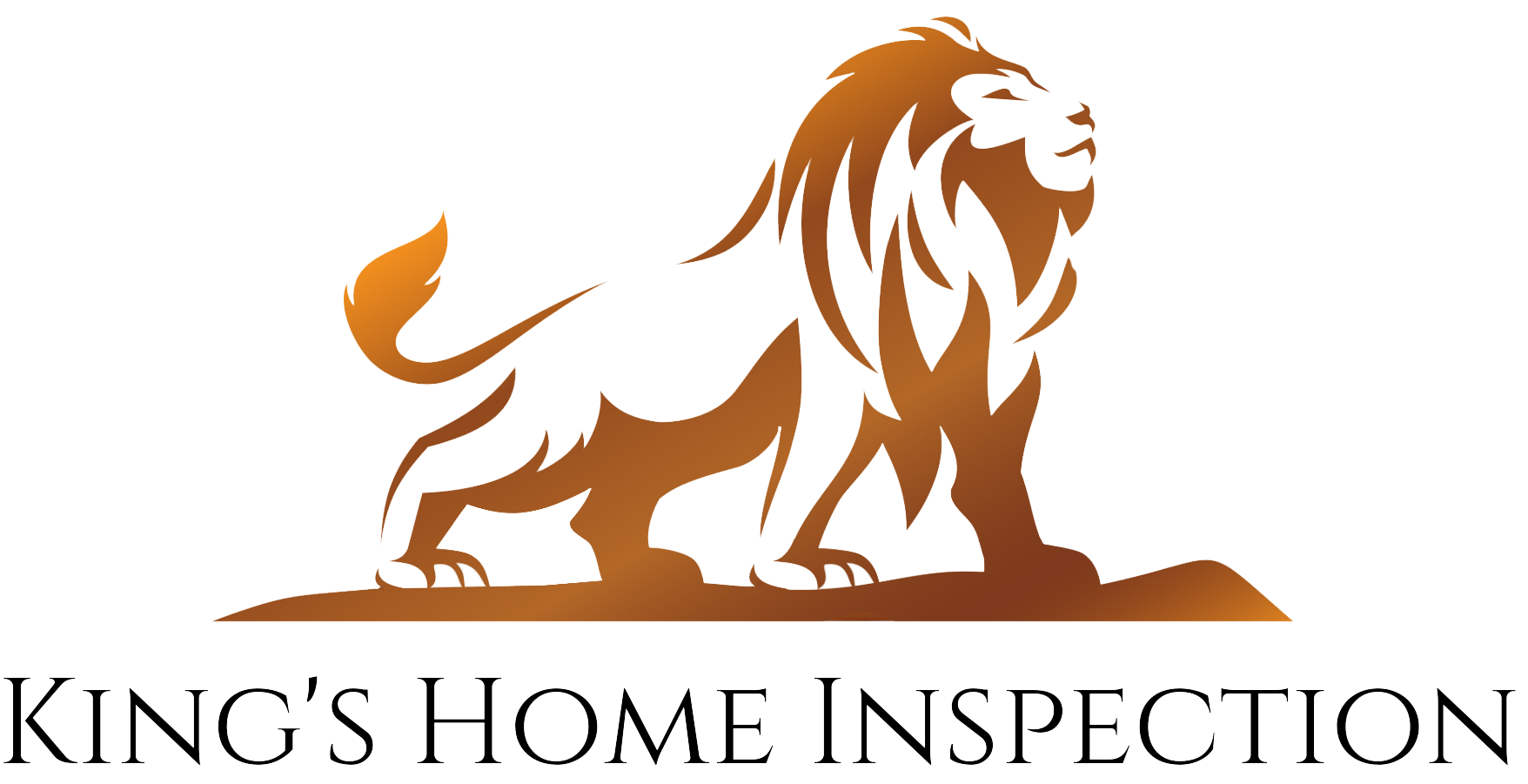When it comes to choosing flooring for your home, the options can feel overwhelming. Among the many choices, engineered hardwood flooring stands out as a versatile and practical solution. Combining the natural beauty of hardwood with enhanced durability and stability, engineered hardwood is an excellent choice for homes in various climates, particularly those with fluctuating humidity levels.
In this blog, we’ll dive into what makes engineered hardwood flooring a great option for your home, its benefits, and why it’s particularly suited for environments where humidity can be a challenge.
What is Engineered Hardwood Flooring?
Engineered hardwood flooring is made up of multiple layers, unlike traditional solid hardwood, which consists of a single piece of wood. The top layer of engineered hardwood is a veneer of real hardwood, giving it the authentic look and feel of solid wood. Below the veneer are several layers of plywood or high-density fiberboard (HDF) that are bonded together in a cross-grain pattern. This layered construction gives engineered hardwood added strength and stability compared to solid hardwood.
This design makes engineered hardwood an appealing option for homeowners who want the classic look of hardwood but need a more durable and adaptable flooring material.
The Benefits of Engineered Hardwood Flooring
Enhanced Stability and Durability
One of the most significant advantages of engineered hardwood is its stability. The cross-grain construction of the plywood or HDF layers makes engineered hardwood more resistant to warping, buckling, and cupping, which are common issues with solid hardwood in environments with fluctuating humidity. This increased stability allows engineered hardwood to be installed in areas where solid hardwood might not be suitable, such as basements, kitchens, and even over radiant heating systems.
Because of its durability, engineered hardwood is also more resistant to scratches, dents, and other everyday wear and tear, making it a great choice for high-traffic areas in the home.
Ideal for Environments with Fluctuating Humidity Levels
If you live in a climate where humidity levels change throughout the year, engineered hardwood is a smart choice. Traditional solid hardwood expands and contracts significantly with changes in humidity, leading to gaps, cracks, or warping over time. In contrast, the multi-layered construction of engineered hardwood allows it to better withstand these fluctuations.
This makes engineered hardwood an excellent option for homes in regions with humid summers and dry winters. It also performs well in rooms that are more prone to moisture, such as bathrooms, kitchens, and basements, where solid hardwood may not be ideal.
Real Hardwood Aesthetic
One of the best features of engineered hardwood is that it looks and feels like real wood—because it is real wood. The top veneer layer is made from genuine hardwood, available in a wide variety of species, colors, and finishes. This means you don’t have to compromise on aesthetics when choosing engineered hardwood over solid wood. Whether you prefer the rich warmth of oak, the classic elegance of walnut, or the modern look of maple, engineered hardwood offers the same authentic beauty that solid hardwood does.
Versatile Installation Options
Engineered hardwood’s design allows for more versatile installation options than solid hardwood. Because of its stable core, engineered hardwood can be installed in a variety of ways, including floating (where the planks are not glued or nailed to the subfloor), glued down, or nailed down. This versatility makes engineered hardwood a great option for homes with concrete subfloors, radiant heating systems, or below-grade installations, such as basements.
Additionally, engineered hardwood can be installed directly over existing floors, such as tile or vinyl, making it a more convenient and cost-effective choice for renovations.
Eco-Friendly and Sustainable
For environmentally conscious homeowners, engineered hardwood can be a more sustainable option compared to solid hardwood. The top veneer layer uses less hardwood than a solid plank, which means fewer trees are needed for production. The core layers are typically made from fast-growing species or recycled materials, making engineered hardwood a more eco-friendly choice overall.
Many manufacturers of engineered hardwood also focus on sustainable harvesting practices and use low-VOC adhesives and finishes, contributing to better indoor air quality and a reduced environmental footprint.
Easy Maintenance
Engineered hardwood is easier to maintain than traditional solid hardwood, thanks to its durability and resistance to moisture. Regular sweeping or vacuuming, along with occasional damp mopping, is usually all that’s needed to keep engineered hardwood looking beautiful. Additionally, many engineered hardwood floors come with protective finishes that help resist scratches and stains, further reducing the need for frequent maintenance.
Unlike some other flooring options, such as carpet or tile, engineered hardwood does not trap dust, dirt, or allergens, making it a great choice for homes with pets, children, or individuals with allergies.
Why Engineered Hardwood is Perfect for Homes with Fluctuating Humidity
One of the biggest challenges homeowners face when choosing flooring is finding a material that can withstand the effects of changing humidity levels. In regions with humid summers and dry winters, or in homes where rooms experience varying moisture levels, this becomes even more critical. Here’s why engineered hardwood is the perfect solution:
Resistance to Expansion and Contraction
Solid hardwood floors naturally expand and contract as the humidity levels rise and fall. This can lead to unsightly gaps between planks or, worse, warping and buckling. Engineered hardwood, however, is designed to resist these changes. The multiple layers of plywood or HDF underneath the hardwood veneer are arranged in a way that makes the flooring much more dimensionally stable. This means that the flooring will remain level and intact, even in areas where the humidity fluctuates dramatically.
Compatibility with Basements and Kitchens
Basements and kitchens are two areas of the home where moisture and humidity are often a concern. Basements tend to have higher humidity levels due to their below-ground location, while kitchens experience frequent changes in humidity due to cooking and dishwashing. Engineered hardwood is an excellent choice for these areas because it can handle moisture fluctuations better than solid wood. Unlike traditional hardwood, which is prone to moisture damage, engineered hardwood can withstand these conditions without losing its shape or durability.
Works Well with Radiant Heating Systems
Radiant heating systems are popular in colder climates because they offer an efficient way to heat a home from the floor up. However, not all flooring types are compatible with radiant heat. Solid hardwood, for example, can become damaged when exposed to the constant expansion and contraction caused by changing temperatures. Engineered hardwood, on the other hand, works exceptionally well with radiant heating systems due to its stable construction, making it a perfect choice for homes with underfloor heating.
Conclusion
Engineered hardwood flooring offers the best of both worlds: the natural beauty of real wood combined with the enhanced durability and stability of modern manufacturing. Its ability to withstand fluctuating humidity levels makes it an ideal choice for homes in various climates, especially those where moisture and temperature changes are a concern. Whether you’re installing it in a basement, kitchen, or living room, engineered hardwood provides a versatile, eco-friendly, and long-lasting solution that can enhance both the comfort and aesthetic of your home.

